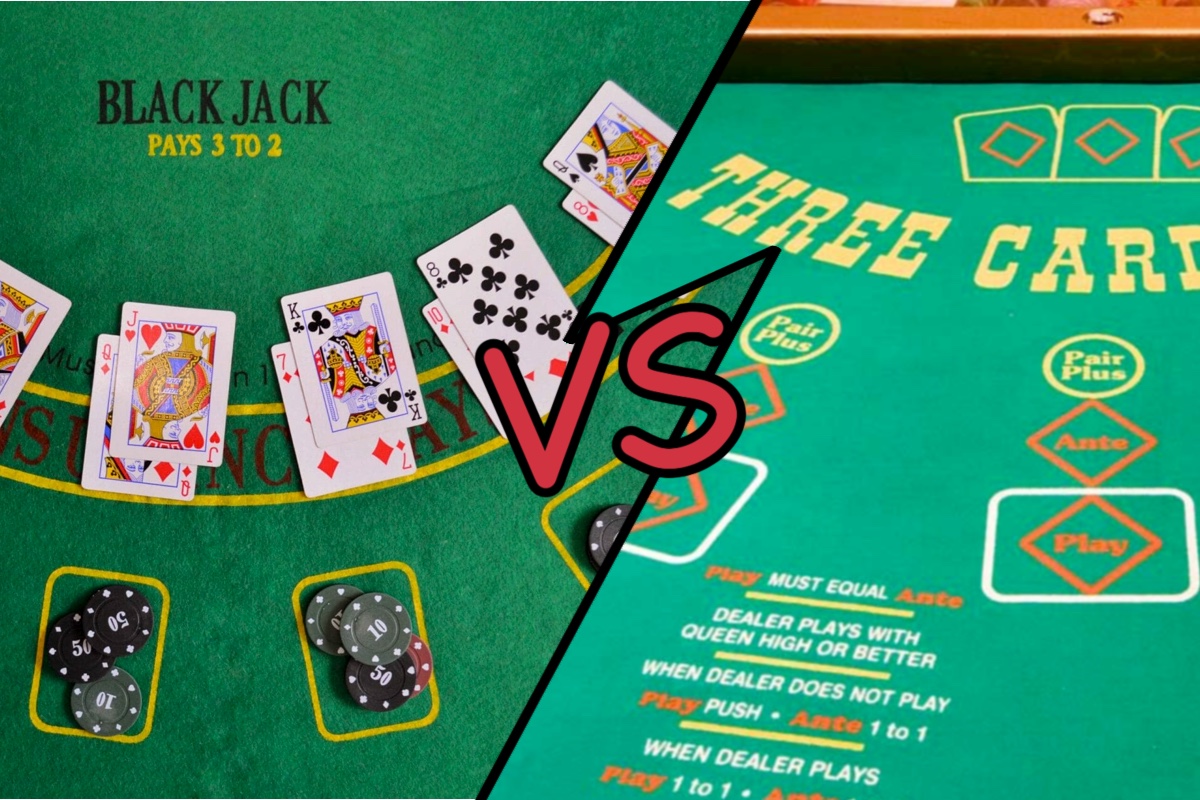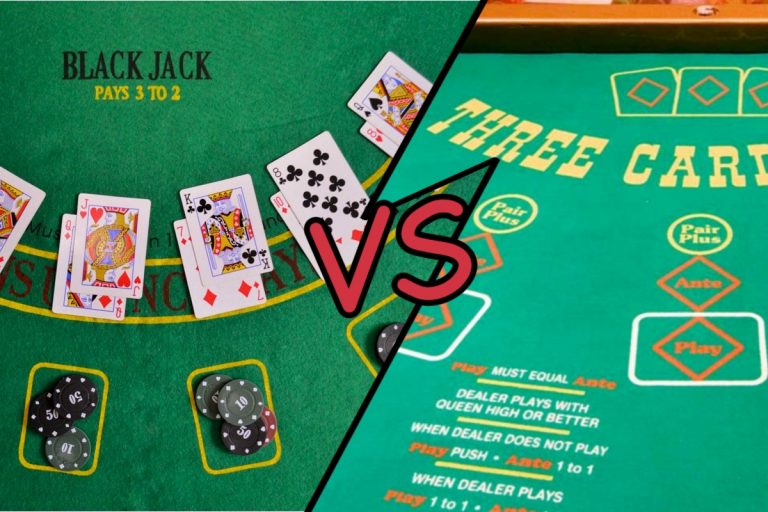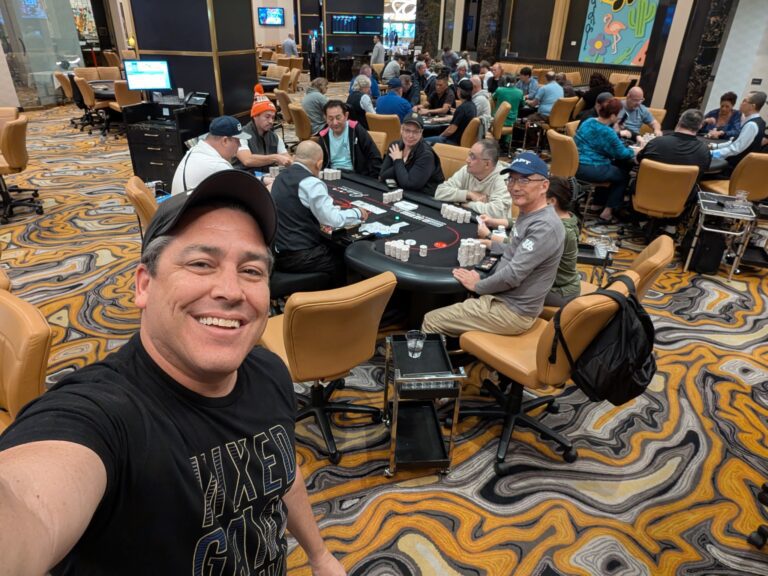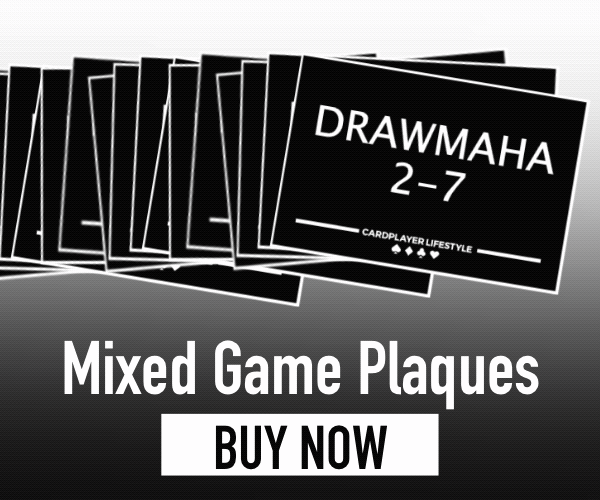Side bets are the shiny extras sprinkled beside standard casino games. They promise quick thrills and, sometimes, big payouts. Yet not all of them treat a bankroll the same way. In the international gaming scene, an English casino accepting Slovak players often lists dozens of optional wagers, from blackjack pairs to roulette jackpots. New and seasoned gamblers alike might wonder which of these small bets deserve attention and which should be left on the felt. To answer that, it helps to break down how side bets work, what odds they offer, and where the house edge hides.
This guide looks at the most profitable choices, the risky traps, and a few habits that keep play both fun and sensible. Each section uses plain math examples and clear tips so any reader can see the picture without a finance degree. By the end, players will know exactly when a side bet can boost excitement and when it quietly drains the chips.

Understanding Side Bets and House Edge
Every side bet starts with two ingredients: odds and house edge. Odds show how often a player can expect to win. House edge shows how much of each wager the casino keeps over time. Standard blackjack might carry a house edge near 0.5% when played with basic strategy. Add the popular “Perfect Pairs” side bet, and that edge climbs above 5%. Why? Because the payout for matching card pairs, though flashy, does not line up perfectly with the true math of drawing two of the same rank. The gap between real probability and promised payout is the casino’s profit. Roulette’s “Even/Odd” main game pays true 1:1 minus the zero. But the “Five Number” side wager on 0-00-1-2-3 looks tempting at 6:1 while the fair payout would be 6.6:1. That seemingly small difference produces a 7.9% house edge — one of the worst on the wheel. Players who only glance at payout tables may miss how swiftly those extra percentage points add up over hundreds of hands or spins, quietly turning a winning night into a break-even or losing one. Knowing these figures helps players separate solid opportunities from harmful distractions.
Side Bets Worth Considering
Not every optional wager is a bankroll hazard. A few side bets balance risk and reward well enough to merit a second look. For blackjack fans, “21+3” blends poker and cards by paying when the first two player cards plus the dealer’s up-card form a flush, straight, or three of a kind. With a house edge often around 3.2%, it is far from perfect but still lower than many keno tickets or slot reels. Baccarat’s “Player Pair” and “Banker Pair” carry similar math at roughly 2-3% on eight-deck tables, offering modest excitement without crushing odds.
Craps tables hide a gem called “Odds Bet.” While technically a side wager, it pays true odds on the point number and carries zero house edge. The catch is that a shooter must first place a Pass Line or Don’t Pass bet. Casino rules limit the size of Odds Bets, yet grabbing the maximum allowed—sometimes 3x, 5x, or even 10x the base stake—can cut overall house edge of the combined wager below 1%. For a player who loves dice action, that is one of the smartest moves on the floor.
Risky Side Bets to Think Twice About
Many side bets look harmless because they are cheap, often only one or two chips. Sadly, a low price does not equal fair value. The “Insurance” bet in blackjack is a prime example. It pays 2:1 when the dealer has blackjack, yet the true odds in a six-deck game sit around 9:4 against the player. That mismatch pushes the house edge near 7%, turning insurance into a silent bankroll leak for anyone not card counting.
Another trap appears on Caribbean Stud Poker tables. The progressive jackpot side bet seems thrilling, dangling six-figure prizes for a royal flush. Still, the chance of hitting that hand is one in over 649,000. Even with a growing pool, the house edge commonly exceeds 26% until the jackpot climbs to life-changing levels. Similar odds haunt the “Triple Zero” roulette wheel’s new side gimmicks, where bets on side pockets or bonus balls can soar past 10% edge. Flashy lights aside, these wagers trade math for emotion and work best for spectators, not serious players. Seasoned advantage players therefore treat these bets as pure entertainment, purchasing them only with money already marked for fun, never with funds aimed at steady profit.
Smart Habits for Play and Final Thoughts
Choosing profitable side bets is only half the game; smart money habits seal the win. Savvy players set a clear budget before stepping onto the floor, then stick to it without dipping into daily living funds. Many also cap side bets at a small percentage — say 5% — of each main wager, ensuring that even a cold streak cannot wipe out the session.
Tracking results in a small notebook or phone app helps spot patterns and avoid emotional chasing. When a table offers an optional wager with zero or very low house edge, like the craps Odds Bet, players expand stakes there first rather than dumping extra chips into high-edge novelties. Walking away still smiling after a reasonable time limit is another simple yet powerful practice.
Finally, remembering that side bets are add-ons, not the main story, keeps expectations realistic. They can spice up familiar games and provide rare big hits, but they should never replace solid strategy on the core wager. With balance, patience, and the math in mind, any gambling session can stay fun, fair, and financially sensible.






